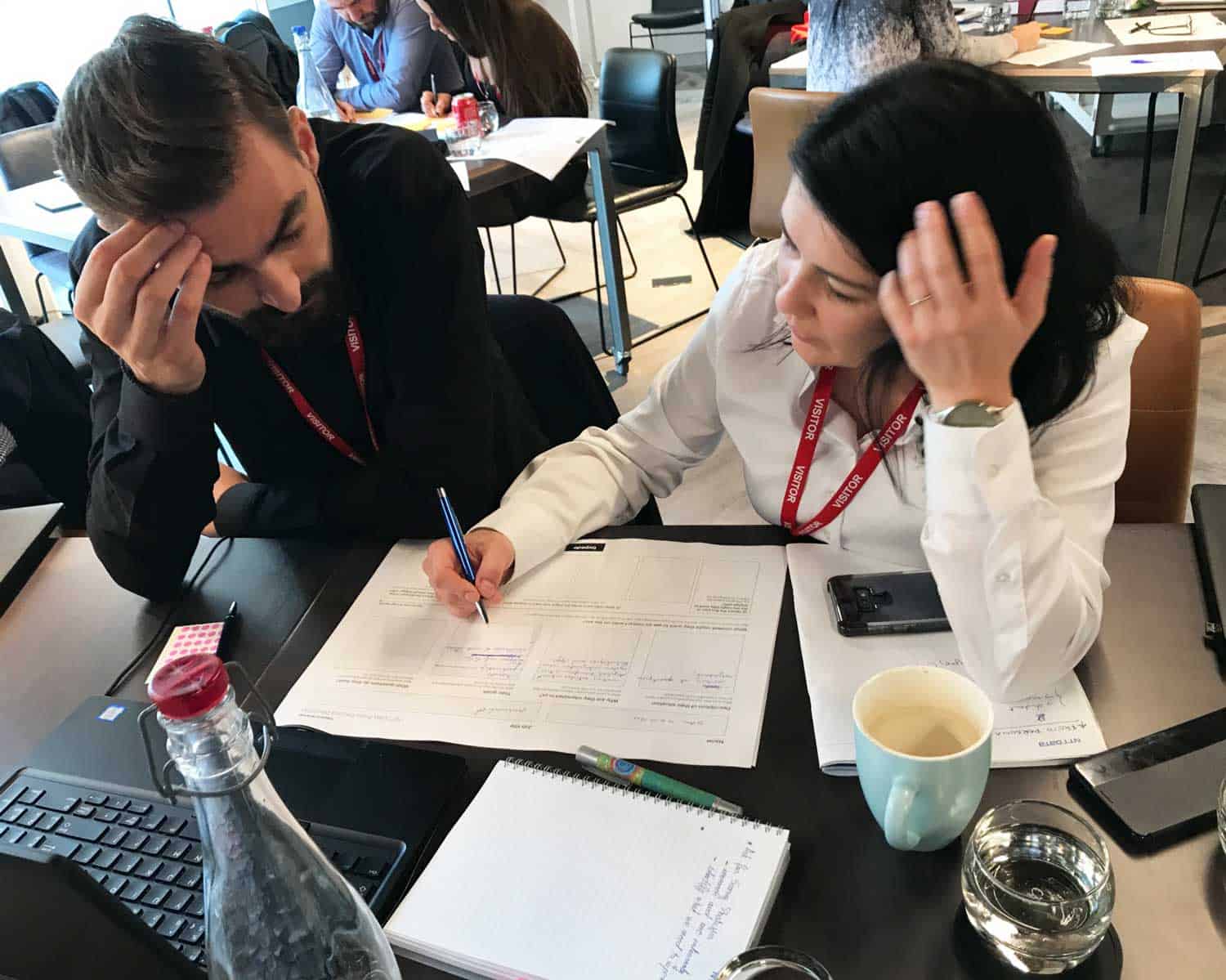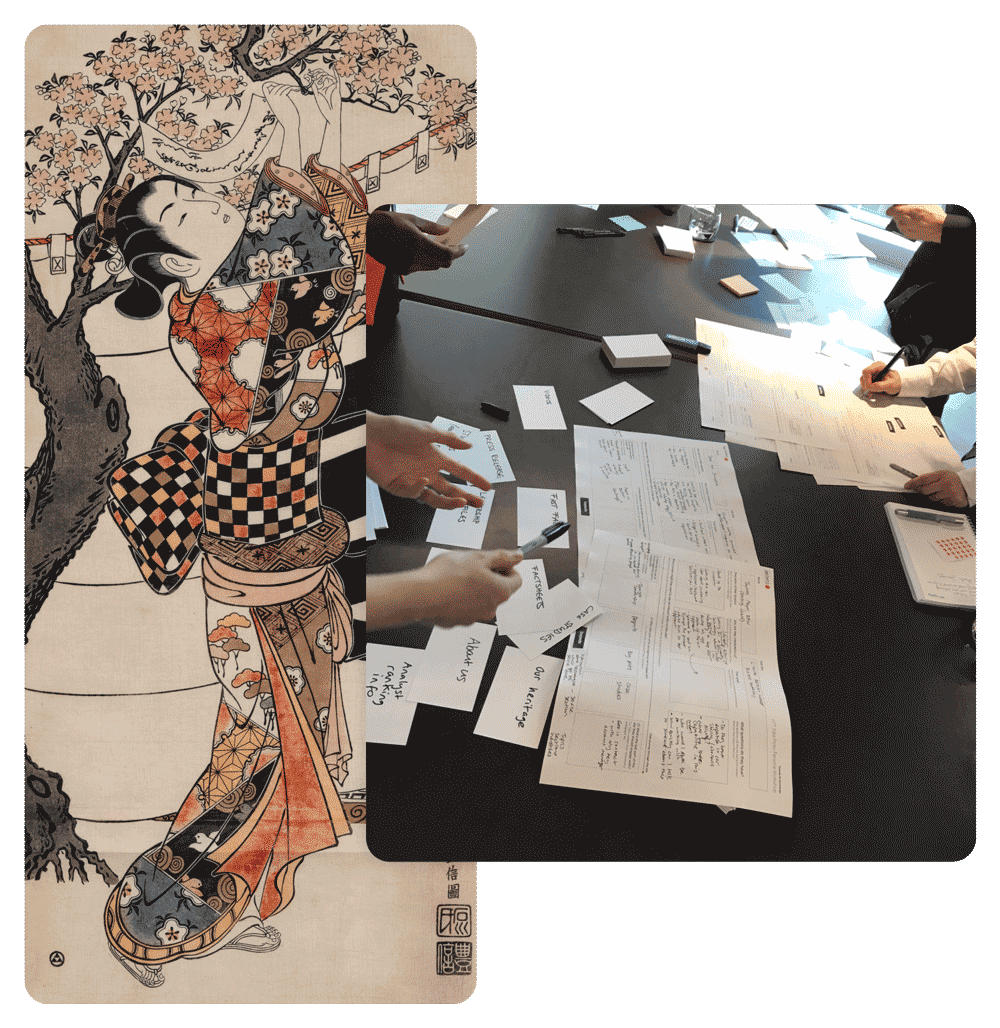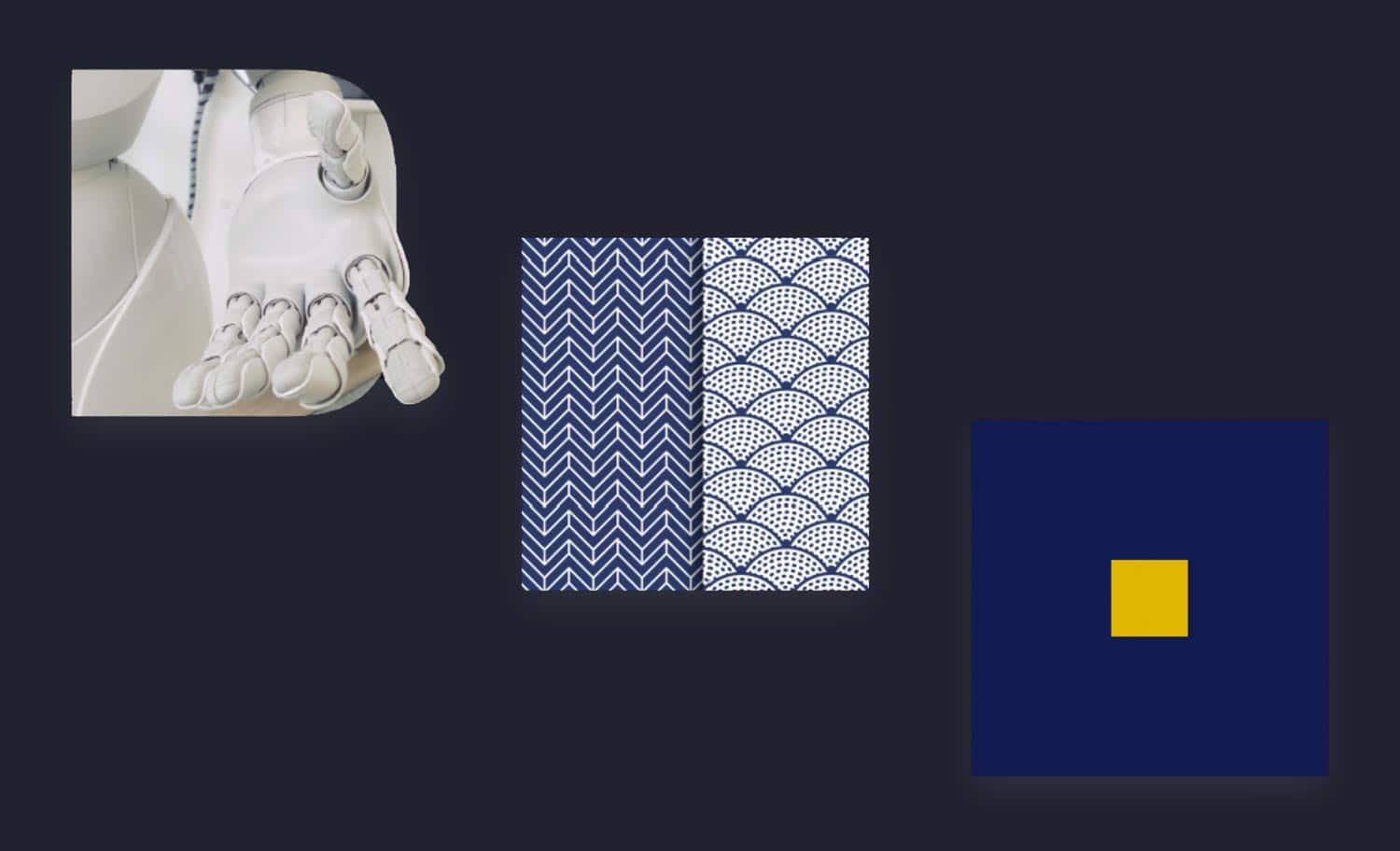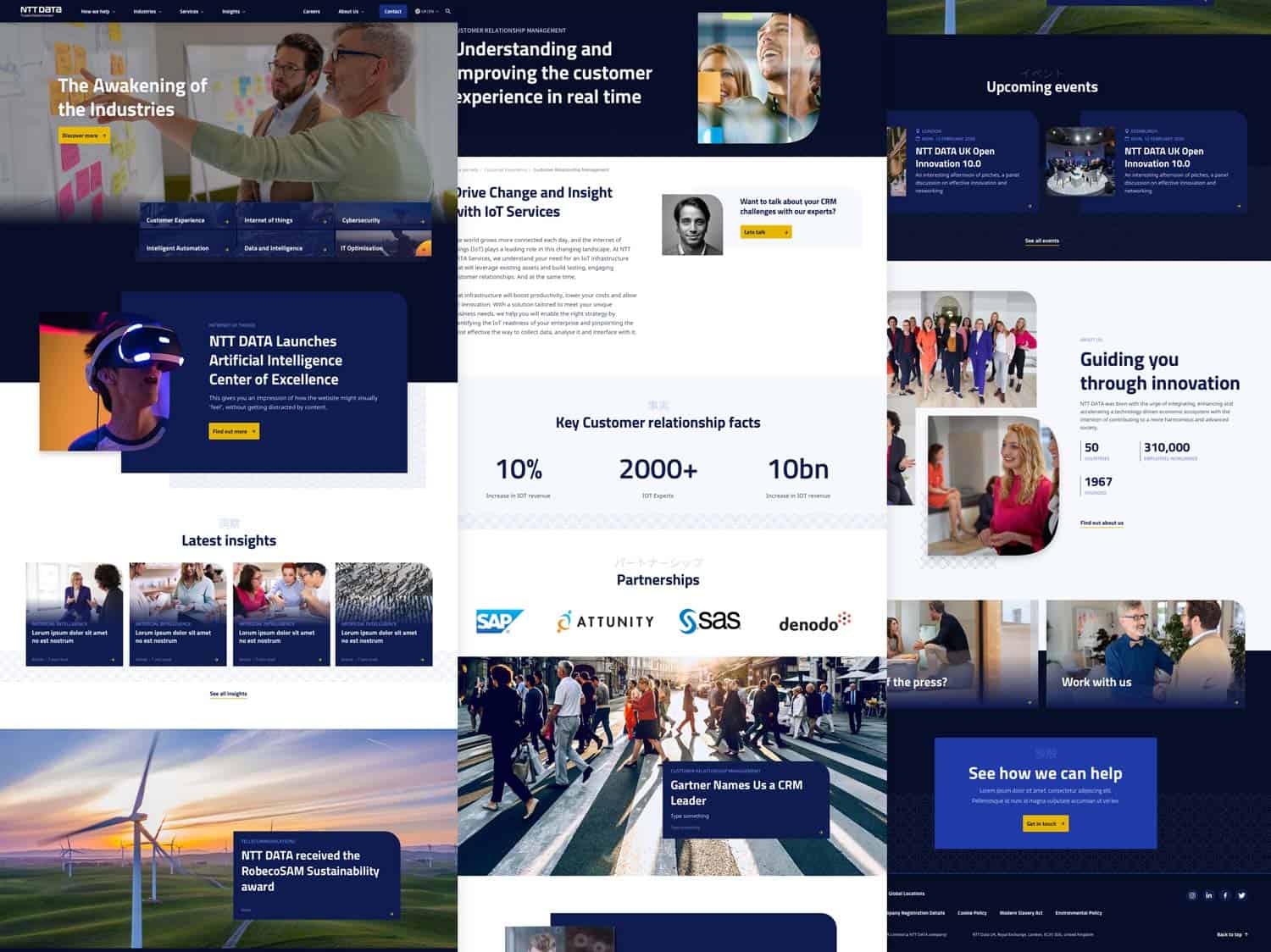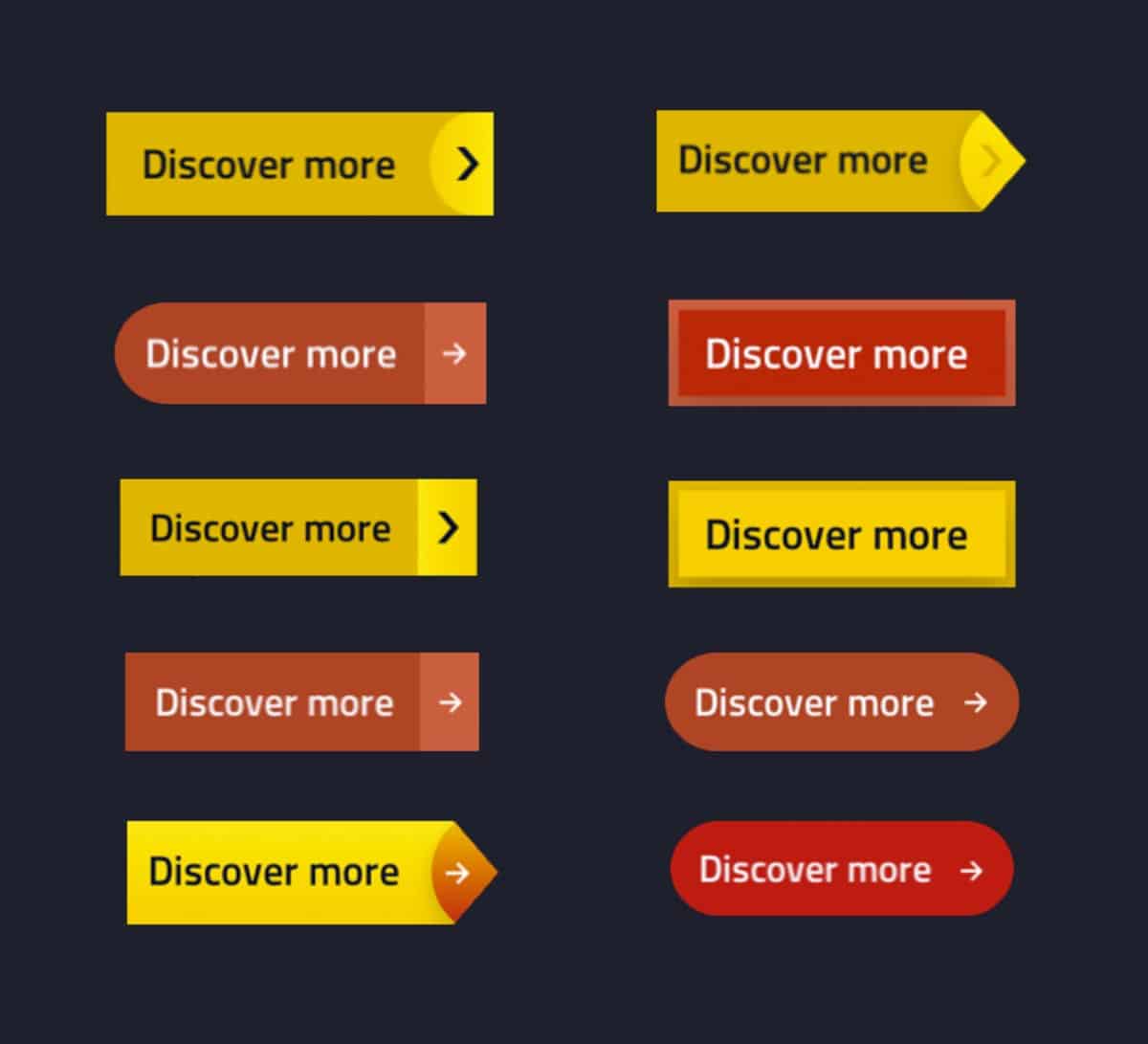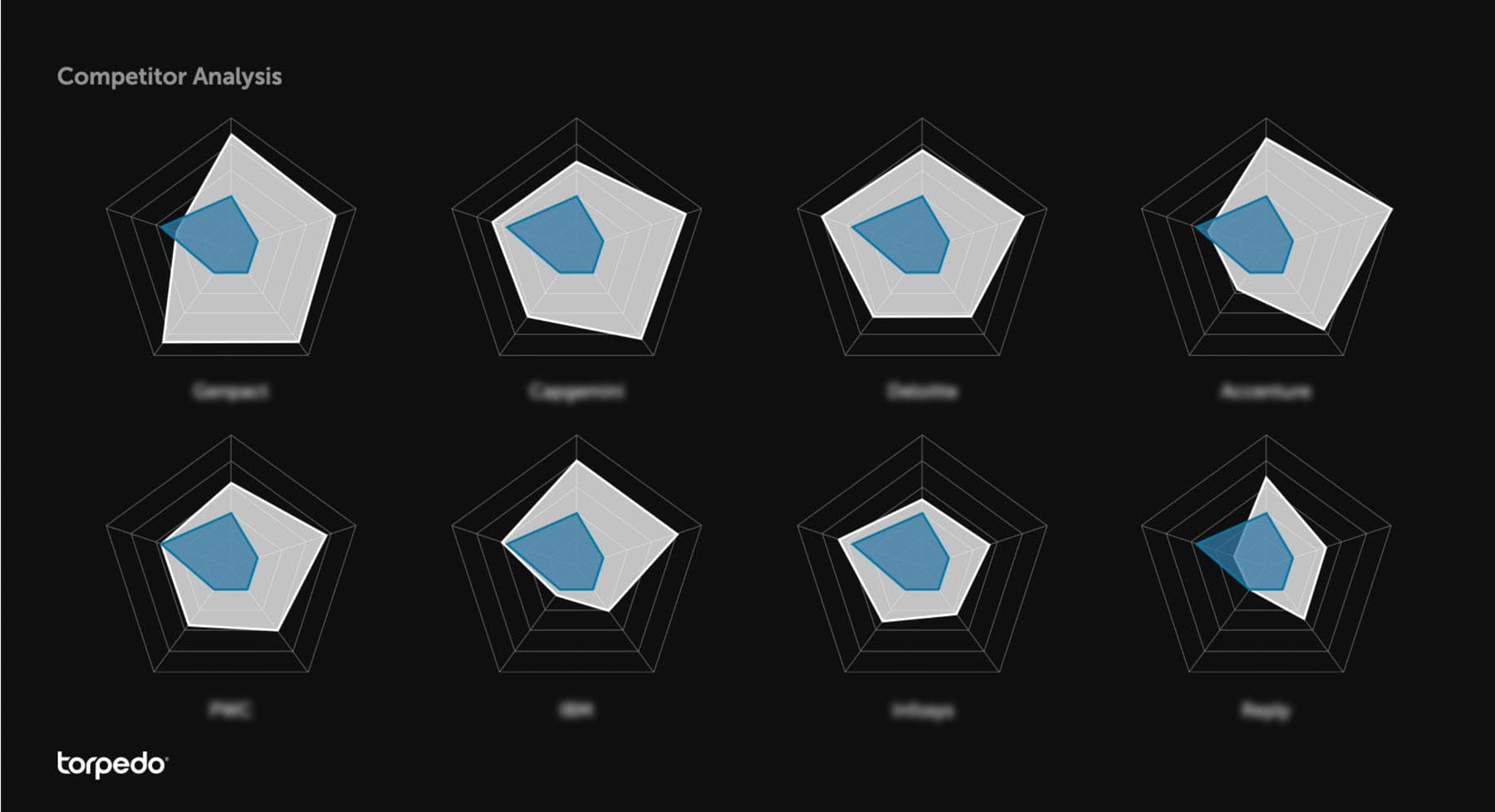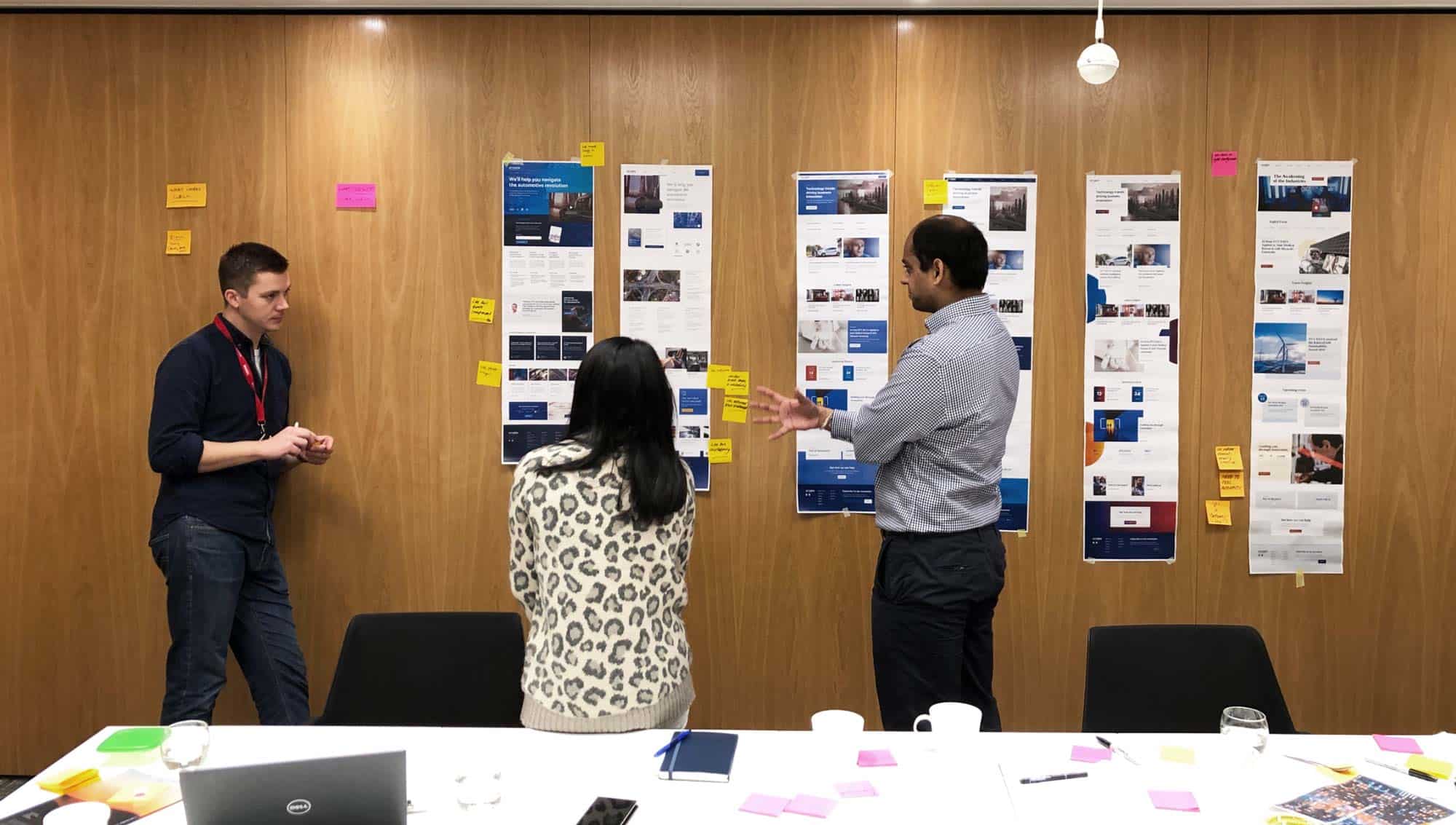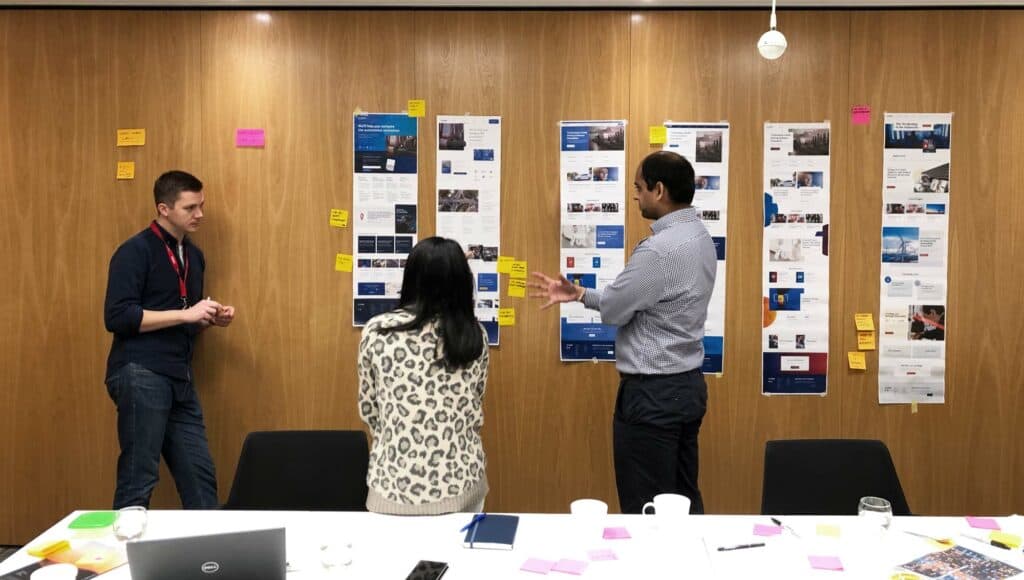NTT Data, a renowned global IT business services provider, sought our expertise in UX research and design to revitalise their digital platforms with a user-centric approach. Having won a very large tender process where our designs were well received, we were surprised that our initial working design drafts failed to meet the client’s high expectations. In essence they wanted us to really push the brand into a direction that hadn’t been explored.
Having begun with discovery workshops and listening to key stakeholders a breakthrough occurred when we introduced the idea of integrating the captivating Japanese design aesthetic that was in the company heritage. Through a collaborative process and interactive workshops involving members from across the company, we discovered the transformative power of Japanese design, ultimately achieving impressive results.

